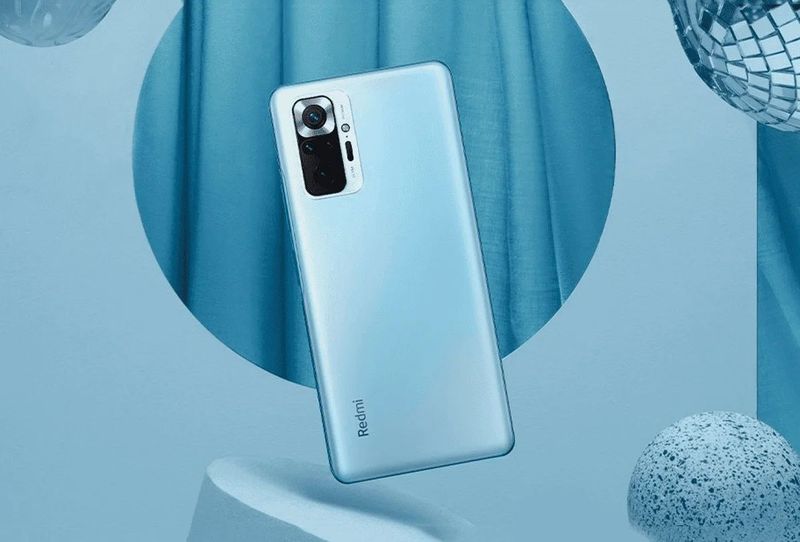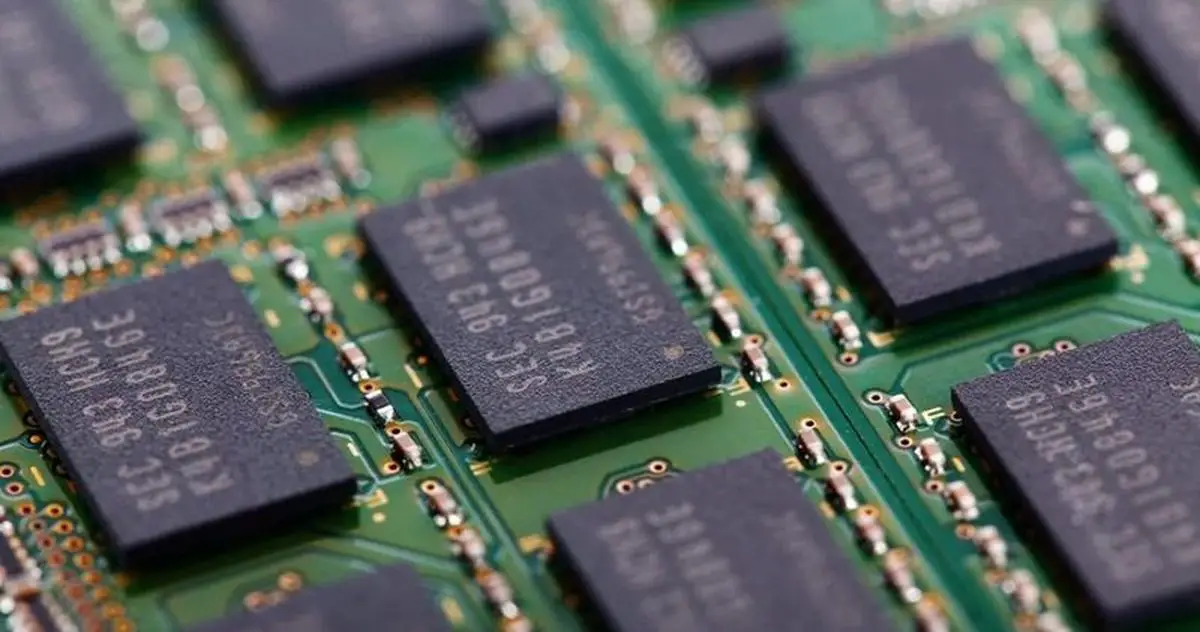More and more cell phones have virtual RAM. We tell you what it is, which phones have it, and how you can expand the virtual RAM if your smartphone has it.
Virtual RAM is a term that you will hear a lot in the future, as more and more manufacturers are daring to introduce it to their smartphones. To get a head start and let you know what it is, in this guide, we explain what virtual RAM is, which phones already have it, and, if you have one of them, how you can expand it.
Mobile RAM is something that cannot be physically expanded, so companies like Xiaomi and Vivo have opted to expand it virtually. This tool, which aims to improve the performance of low-resource phones, works in a similar way to the paging file of current computers. If you can already imagine what it is about with this information, with the following information, you will discover it in full.
What is virtual RAM and how does it work?
The RAM of your cell phone – random access memory – is responsible for storing data that will be needed in the short term. Unlike internal storage, it is an ultra-fast memory, and the phone’s behavior depends directly on it. First of all, these GB of RAM is occupied by the operating system, the processes it needs to run, and other elements.

Then, the free GB is for the data of the applications you use. If that space is ample, you will be able to use many applications with the RAM speed and keep them in the background to return to them quickly. However, if those GB of free RAM is minimal, they are taken up directly by the needs of the operating system, so app data must be loaded from scratch each time they are run, causing slower phone performance.
To overcome this slowing down of the behavior of low-resource cell phones, virtual RAM has arrived, which consists of borrowing gigabytes from the internal storage so that the operating system can use them as if they were from the RAM. In this way, better performance of the device is achieved.
This execution of applications and games will not be as fast as if it were RAM as such, but it will allow more advanced multitasking. Of course, to extend the RAM of your mobile in this way, you must have free gigabytes in the internal storage of the smartphone.
Which cell phones have virtual RAM?
Several manufacturers have already introduced this tool in some of their phones to give them better performance. The most recent has been Xiaomi, which has updated the Redmi Note 10 Pro 5G in China so that users can enjoy up to 2GB more RAM.
In this way, users who have the 6GB RAM version will be able to expand it up to 8GB, while those with the 8GB RAM model will be able to extend it up to 10GB. The Redmi Note 10 Pro 5G is on sale in 128GB and 256GB internal storage versions, so it seems easy to find 2GB free to lend to the RAM.
Another manufacturer that has opted for the same alternative has been OPPO, with a virtual RAM in the OPPO Reno5s with which users can extend up to 8 GB of RAM by relying on internal storage. On the other hand, Huawei has developed its Memory Turbo, its own virtual RAM system that will be able to extend this type of memory up to 2GB.
Another Chinese manufacturer that has already implemented virtual RAM in several models has been Vivo. Specifically, they are the Vivo X60 and Vivo V21 5G, which can use up to 3GB of internal memory as if it were RAM.
As you can see, there are already several smartphones that offer the possibility of expanding the virtual RAM. Knowing that a giant like Xiaomi has been one of the last to join this technology, it seems that virtual RAM will soon be very common in Android phones.
How to expand the virtual RAM of your Android phone?
If virtual RAM is already available on your Android mobile, chances are that you can activate it from the phone settings. For example, as we saw when it was discovered that Xiaomi was preparing this tool, in the firm’s phones there is a function called “Memory extension” that you can access through the “Settings” app.
This is the case in the phones of other manufacturers, which have added the corresponding function in the settings section. If your mobile is from Huawei, look for the “Memory Boost” section, while if it is Vivo look for “Virtual RAM”. As this virtual RAM is coming to more devices and, above all, being available beyond China, we will update this article to explain the steps you must follow in each manufacturer.
Undoubtedly, this virtual RAM is a great option to improve the performance of the most limited mobiles, especially those with about 3 or 4GB of RAM. Will Samsung join this proposal? Only time will tell.





